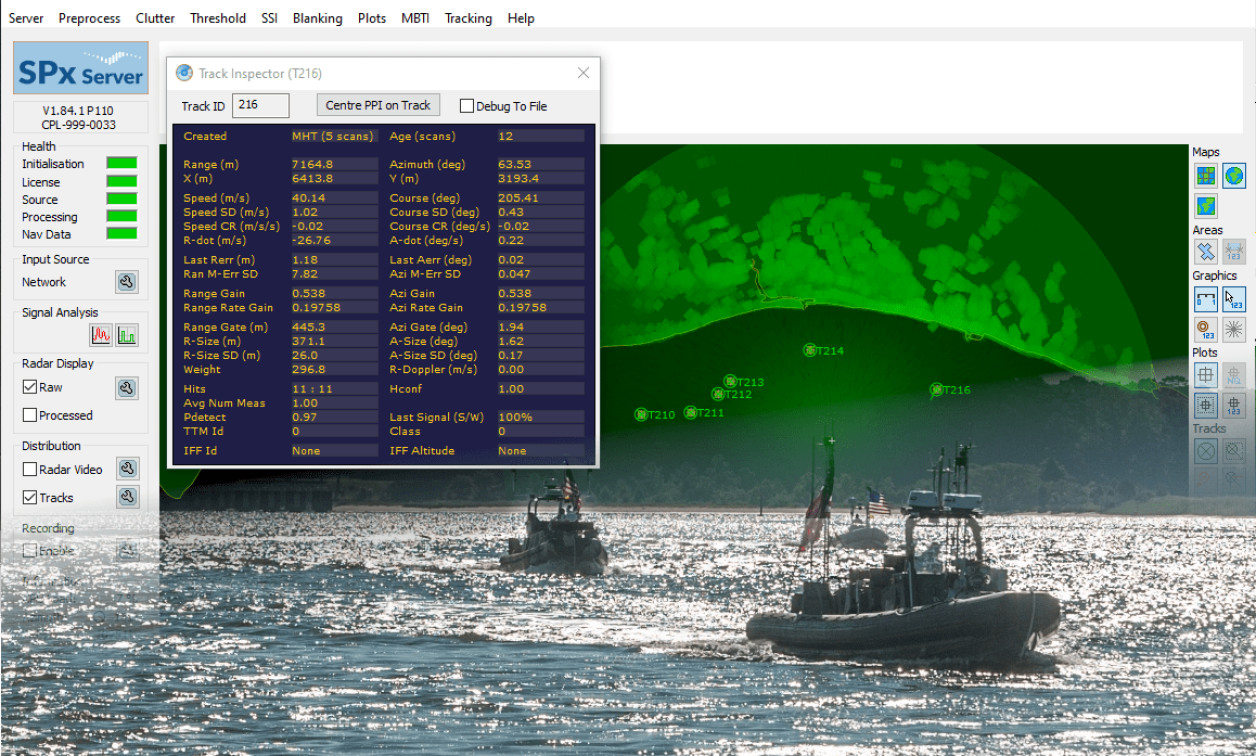Radar-integration tool tested on U.S. Navy autonomous surface vessels
NewsJuly 29, 2020

CAMBRIDGE, U.K. and VIRGINIA BEACH, Vir. Radar-integration company Cambridge Pixel and maritime-autonomy contractor Spatial Integrated Systems (SIS) report successful trials of a suite of complementary and interdependent systems aiming at increased maritime autonomy and radar integration on U.S. Navy autonomous surface vessel (ASVs).
According to information from Cambridge Pixel, engineers from that company and SIS integrated a suite of systems including the SIS Multi-Agent Robotic Teams (SMART) Autonomy System and Cambridge Pixel SPx Tracker and SPx Fusion software and radar-interfacing hardware aboard onboard a large surface vessel and several patrol boat-sized vessels. The demonstrations included multiple 300-plus-nautical mile autonomous transits, many of which were among heavy surface traffic; three 1,000-nautical-mile fully autonomous trips; plus performance of multiple subtask operational missions.
Bob Cepek, the SIS program manager for two of the projects, said that close cooperation and innovation between the U.S.- and UK-based teams was key to the success of this integration and the subsequent demonstrations, as in only a few months the American and British teams integrated and fine-tuned the fusion of several sensors, including S- and X-band radars from different manufacturers in an effort to boost the SMART Autonomy System’s perception capabilities. “Our most recent successes pave the way for additional collaboration in development and testing,” Cepek asserted.
Richard Warren, director of software at Cambridge Pixel, said of the trials: “We are very excited to be working on these transatlantic autonomous vessel projects with the robotics engineers from Spatial Integrated Systems to integrate our radar tracking and fusion software with the SMART Autonomy System to enhance situational awareness on these crewless vessels. Our radar-agnostic tracking and fusion software works seamlessly with many different maritime and specialist radar sensors. Our goal on the recent trials for the U.S. Navy was to configure our multihypothesis, multimodel SPx radar tracker and SPx fusion server to enhance the perception capabilities of SIS’s control system in this very demanding environment. We look forward to further collaborations with SIS in this fast developing new and innovative market.”







